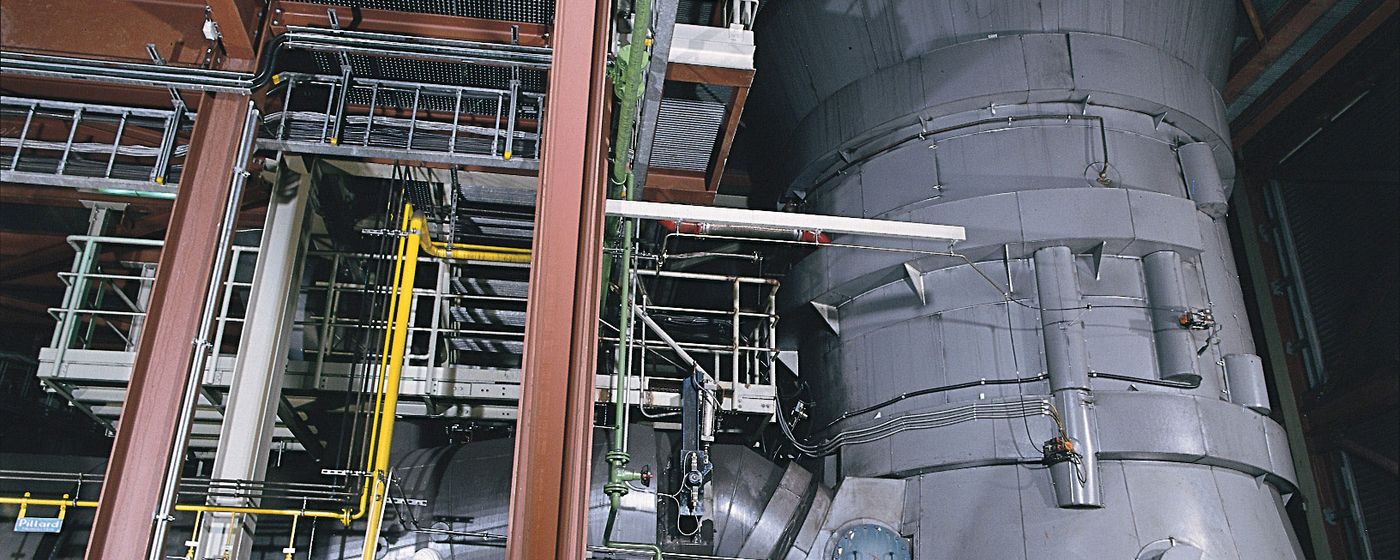Hannover, |
The specialist for bulk material and process engineering Claudius Peters (CP) is at home in the cement, gypsum, coal, steel and aluminium industries. The company, which dates back more than 100 years, designs and manufactures storage bins, conveyors, silos, grinding and packing systems, gypsum homogenizers as well as bulk material engineering for different areas. The globally operating Claudius Peters Group GmbH is based in Buxtehude in the south of Hamburg.
From a document-oriented to a data-oriented approach
The decision in favour of AUCOTEC's software system Engineering Base (EB) was made during an innovation project with the objective of developing CP into an outstanding company of the 21st century. EB's consistency, process acceleration and simultaneous increase in quality were decisive factors in this decision. Thanks to EB's open data model, the data is now the central starting point of engineering at CP, rather than the documents. They are only an incidentally resulting representation of the current status. "For us, EB is a success story and the foundation of the transformation of our software environment," explained Ulrich Cord, Group Manager Automation and EB Project Manager at the CP Group subsidiary Claudius Peters Projects GmbH.Database instead of data islands
The new system fulfilled the most important requirement of the bulk material experts: the networking of their data and tools. Cord emphasized that EB has built interdisciplinary bridges and he spoke of a new culture of communication. The mutual understanding of process and electrical engineers has been significantly strengthened. "This has a positive influence on the design process." The simultaneous editing of a project works smoothly, even with 20 users. The common data model ensures that all information is up-to-date.EB sets standards
After EB's implementation, the focus was on standardization. The main task was to wisely anticipate and structure components, modules and plant sections. When such ready-made standards are stored once in EB, project runtimes can be significantly reduced even further and new designers can more rapidly become familiar with the system.EB can also improve the interaction of company-wide software tools such as ERP and 3D and further reduce redundant data maintenance. Also in terms of Industry 4.0, CP considers EB's possibilities, for example, when linking design data with operational and malfunction data. Ulrich Cord's conclusion: "EB supports our engineering consistently and intelligently. Thus, in the long term also, we will more than fulfil our mission statement of providing 'world-class engineering for world-class customers'."





